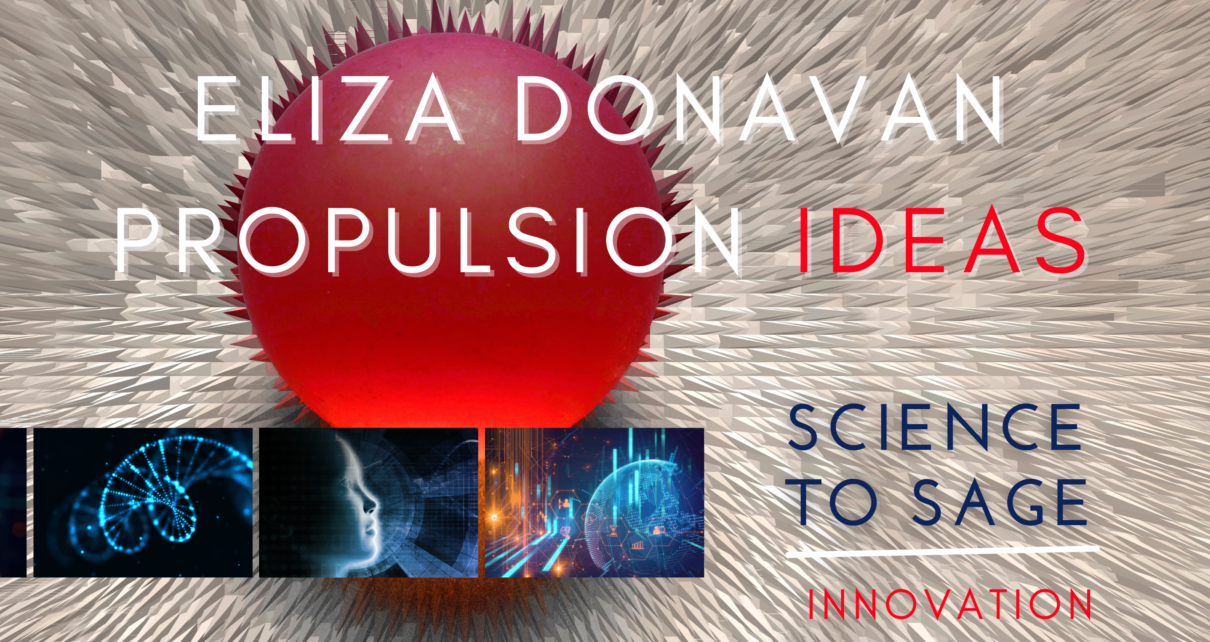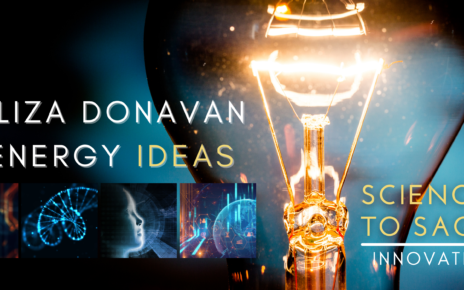1) Nassikas Type 1 & 2 Thrusters
Description: Professor Athanassios Nassikas produced a Lorentz force thruster by making a Meissner effect collar that went with a small neodymium magnet. This produced a distorted, or asymmetric magnetic field that produced a directional force by compressing the local spacetime in front of the unit, and less of a compression in the rear. It has also been argued that a larger unit can be configured as a faster than light unit similar to the Alcubierre drive. Mathematical modeling to support this assertion has yet to be made, however, it is a convincing argument. A critical angle to the flux lens seems to be 23 degrees, and the efficiency below that drops precipitously. When the type 2 thruster was made, the angle was deliberately made at 5 degrees, and the unit failed the test. Why Nassikas and his group did this is unknown, but it has been speculated that certain persons related to the experiment placed pressure to fudge this and discredit any further work.
Test Results: In the type 1 thruster that was non-powered, it passed the pendulum test with the line displaced from the vertical. It has been estimated by Paul LaViolette that the type 1 has a power density greater than the space shuttle’s main engines. The type 2, correctly designed this time, will have a performance 5-10 times better than that, but will require a power supply to do that.
Development Status: Needs to be re-built to verify results of type 1, and type 2 needs a redesign. Access to sintering furnaces are needed for the type 1. A staged design approach will be taken, with proof of concept first, and then expanded to full scale prototypes. One change at a time will be done, and quantifiable results analyzed.
Development Cost: 500 euros for type 1, and 1000 for type 2.
Comment: If one looks at the hoverboard in the movie “Back to the Future 2”, a cone shaped structure on the bottom of the board will be seen. It is in the wrong direction, but would be about the right size for the type 1 thruster.
2) Kowsky-Frost Crystal Drive
Description: In a Poland laboratory in 1927, two scientists, Kowsky and Frost, piezoelectrically overloaded a quartz crystal, and expanded the crystal. After this treatment, they placed the expanded crystal into a radio frequency field with a high potential in the vertical axis. This was documented in the September, 1927 issue of Science and Invention under the title “Gravity Nullified.” It was estimated at that time that the weight to thrust ratio was 800:1, with a 1 kg crystal lifting 800 kg. This ratio was also dependent on the driving frequency, and could also go up to 9000:1 before undergoing structural collapse. More detailed information is in my book Quantum Horizons. A circular polarized rotating field may also optimize this effect. Jerry Gallimore repeated this experiment in the 1980’s and had positive results that resulted in his going into hiding for a period of time. He also sent a project proposal detailing this tech to the US Military which did not help matters. In 2000 a man who only identified himself as “Mr. X” repeated the expansion experiment, and had to leave his location when a black van began driving up and down his street. He realized that they were tracking the energy emissions of the experiment, and packed up and left. No further contact was made after that. Due to hostile actions, this experiment cannot be performed in the US, and must be done overseas.
Test Results: These are documented in the book, but have not been done personally.
Development Status: Further equipment will need to be acquired, most notably low frequency RF generators for the testing phase. Most of the equipment is already in the lab for the expansion phase, but longitudinal wave monitoring equipment will need to be designed, tested and implemented to analyze possible emissions from the experiment in the expansion phase. Tom Bearden suspected that there was more than likely a longitudinal component that was trackable. Also, longitudinal wave masking and jamming equipment will be needed as well.
Development Cost: About 5000 euros for the equipment needed for masking, testing and security.
Comment: This is one of those experiments that trolls always try to debunk based on the October, 1927 issue of Science and Invention, which was bought out shortly after publishing the experiment. The suppression of advanced tech that could help this planet goes back more than 100 years. It turns out that the claim that the earlier article was a hoax is in fact a hoax in itself.
3) Podkletnov Gravity Field Generator 2 aka “Transporter”
Description: Eugene Podkletnov designed a working gravity field generator that worked by spinning a YBCO superconducting disk in a magnetic field. The first attempt produced a 5% reduction in the weight of the unit at 5000 rpm. The later attempt, as mentioned in the book “The Hunt for Zero Point” by Nick Cook, produced 100% reduction at 20,000 rpm, or 20 times the amount with 4 times the rotational speed. Subsequent analysis of this nonlinear effect showed that it was due to a locally trapped potential, similar to a pump wave in phase conjugate systems. It was also shown that with this nonlinear effect, that a 400 Hz angular frequency (revolutions per second) it would result in a 90 degree curvature of local spacetime between two disks. Since this speed would be beyond the structural integrity of the disks for mechanical rotation, instead multiple electromagnetic field coils induce a phase rotation at this speed with the disks remaining stationary. This, in effect, would induce a zone between them where time stands still, and the die Broglie waves that compose matter would collapse into quantum potentials, or probability waves. Pairs of units entangled with each other would compose a kind of transporter platform, and when the departing platform is de-energized the object would re-compose on the opposite platform without the need for taking anything apart. In effect, while both platforms are energized, the probability waves extend through every point in the universe simultaneously, and transport time is constrained to linking up, energizing and de-energizing.
Development Status: Conceptual. No materials purchased. YBCO sintering furnace needed, secure lab outside of US to prevent interference. G-com system of Harmut Muller will be needed for linkup, or a similar longitudinal wave communication system that is superluminal.
Development Cost: $100,000-$200,000 for lab equipment and materials
Comment: This will allow complete freedom to travel anywhere in the universe, as long as you knew what platform you were “dialing up.” When the platform is energized, a bizarre gravitational lensing will take place that will cause whatever is on the platform to disappear from view. A 400 Hz resonance from the field coils would be heard during transport. The amount of energy needed to energize these coils is not anticipated to be excessive, and will only be a few kilowatts for the full scale version. Please note: this is an extremely disruptive technology for the elite that want humanity bottled up on little reservations on a small relatively insignificant planet in a very large galaxy in an immensely large universe. Also note: a biofilter is possible that would scan for disease potentials and remove those prior to transport, effectively also making this a healing device or system.



